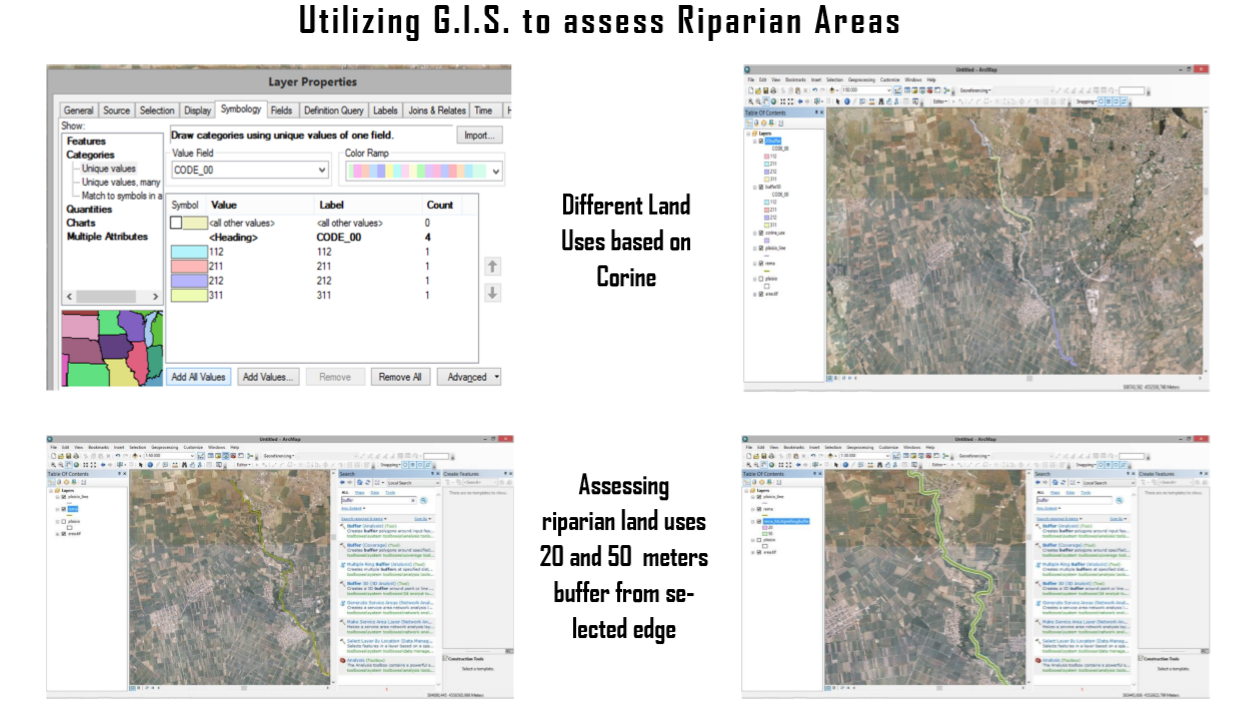VISUAL PROTOCOL AND GIS AS PRELIMINARY INVESTIGATIVE TOOLS FOR STREAMS AND RIPARIAN AREAS
The conservation and protection of riparian areas is a worldwide priority. The main reason is because humans have utilized riparian areas for thousands of years for agricultural or urbanization purposes. Establishing tools that quickly and accurately assess these areas that can help make proper management decision is the objective of this study. Specifically, the visual protocol of “Stream Visual Assessment Protocol (SVAP)”, along with the buffer function of the Geographic Information System (GIS) were utilized and evaluated. The SVAP was developed in the United States and is a "rapid assessment protocol" that provides a quick, visual and systematic assessment of these natural ecosystems without interfering and altering them. This protocol has been applied in many regions and the version used has been modified for the Greek environment.



